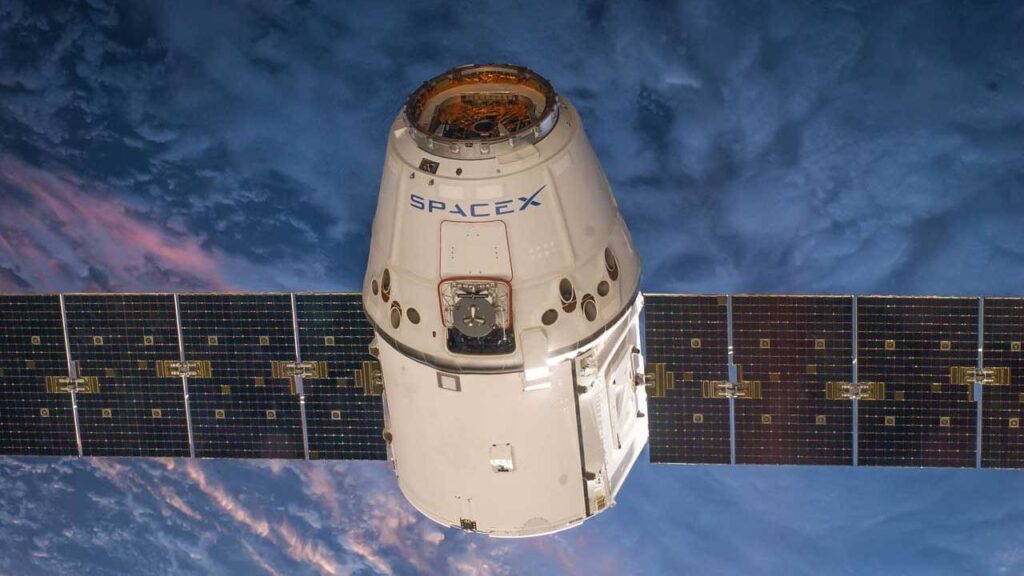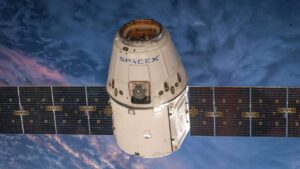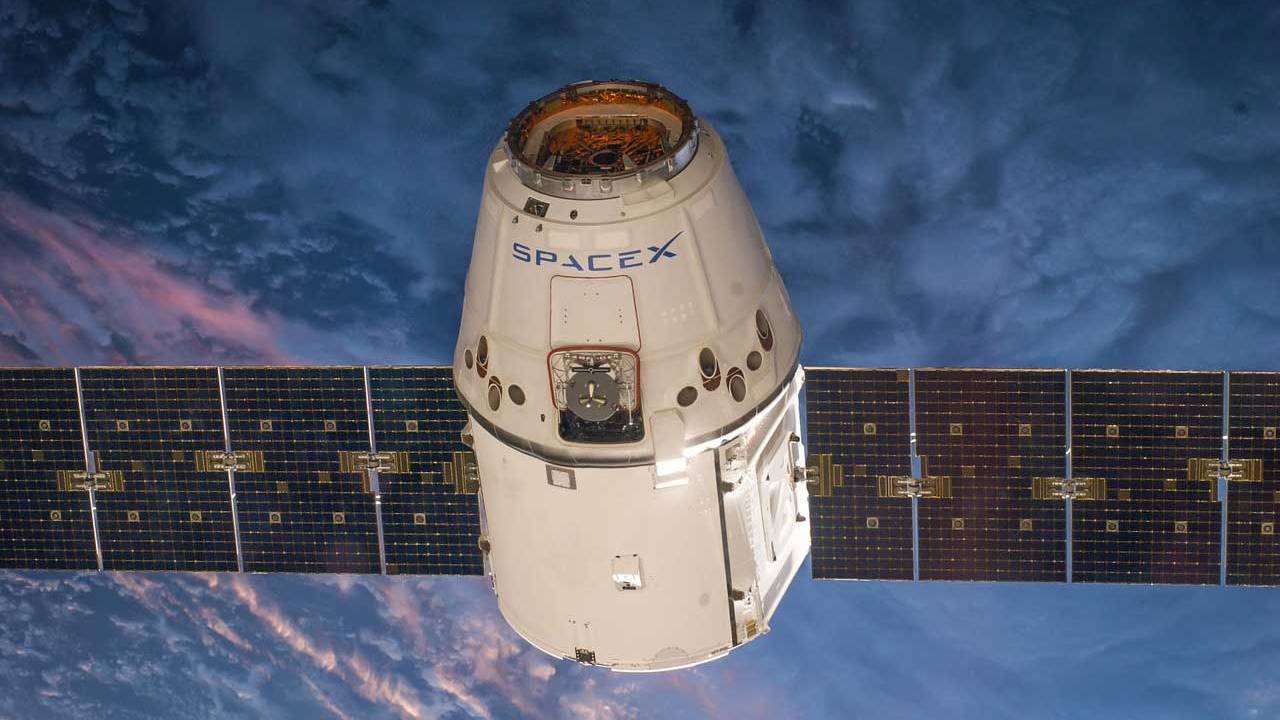SpaceX Launches 24 Starlink Satellites from Vandenberg: Polar Internet Expansion Begins
What’s New in This Launch?
The mission, called Starlink 17‑2, lifted off at 9:31 p.m. PDT (12:31 a.m. EDT / 04:31 UTC) from Space Launch Complex 4 East. The Falcon 9 booster (tail number B1075) marked its 19th flight and safely landed on the droneship Of Course I Still Love You just eight plus minutes later — marking its 142nd landing at sea and 481st booster touchdown overall.
This launch added to SpaceX’s plan to deploy over 400 additional V2 Mini satellites into polar orbit by the end of 2025, improving internet speeds in high-latitude regions like Alaska Spaceflight Now.

Why This Matters
Polar regions have always been connectivity-challenged. With this mission, Starlink is accelerating its expansion to areas that have historically faced slow, stale internet service. These new satellites are already reported to nearly double peak-hour download speeds for Alaskan users in recent weeks Spaceflight Now.
Falcon 9 Reusability at Work
The Falcon 9 rocket’s first stage booster (B1075) launched for the 19th time, showcasing SpaceX’s reusable technology in action. Landing again on the same droneship demonstrates how SpaceX continues to refine cost-effective space travel — a hallmark of its satellite deployment strategy.
What’s Next for SpaceX?
The next major mission will be NASA’s TRACERS payload—a scientific mission to study Earth’s magnetic field and solar wind interactions, launching from the same Vandenberg complex soon.
SpaceX’s summer launch schedule reflects its dual-front approach: rapid Starlink deployment plus critical scientific missions.
Starlink Today: Numbers That Impress
As of mid‑July 2025:
- Over 8,000 Starlink satellites are in orbit
- Nearly 7,995 are operational
- The total constellation continues growing at high speed
These V2 Mini deployments are helping make global broadband faster and more reliable, especially in remote regions
Conclusion
With the Starlink 17‑2 mission, SpaceX strengthens its promise of global high-speed internet by filling in the polar gaps. This launch is not just about adding satellites—it’s about making broadband access truly worldwide.
Stay tuned as SpaceX continues to redefine space travel and global connectivity.
For continuous live updates and technical details, check out the live coverage on Spaceflight Now, where experts follow every step of the launch.
And don’t forget to follow The TechQuilt for more simplified and insightful news made for curious minds like yours.










